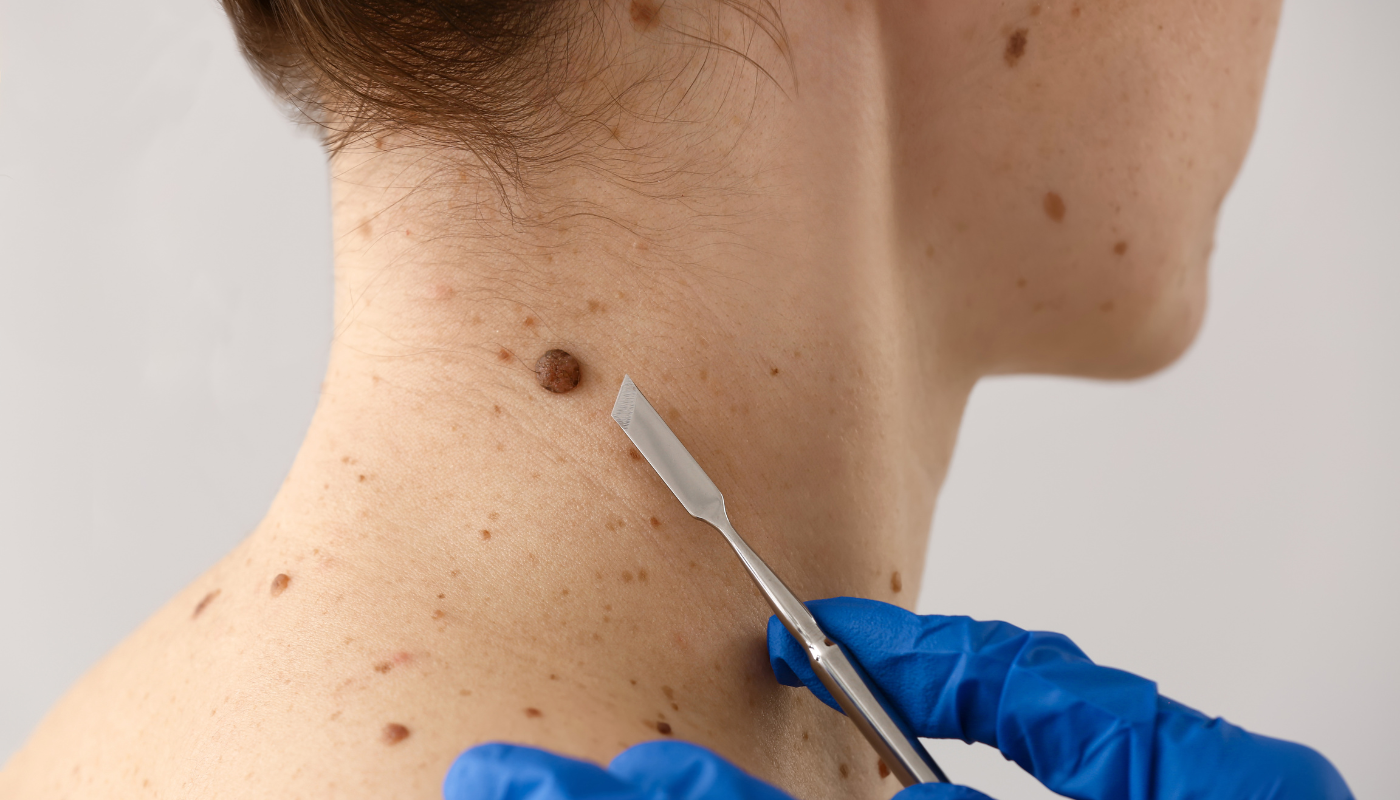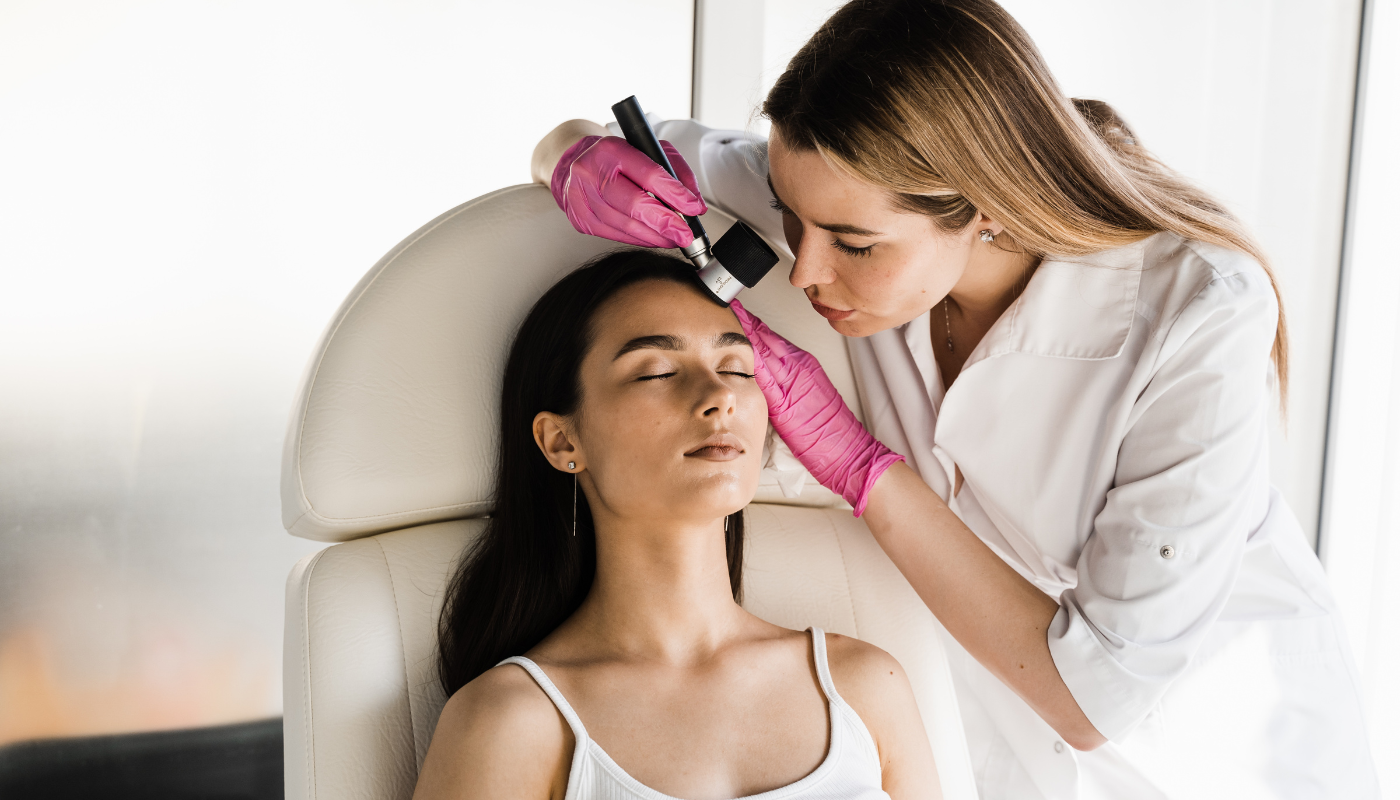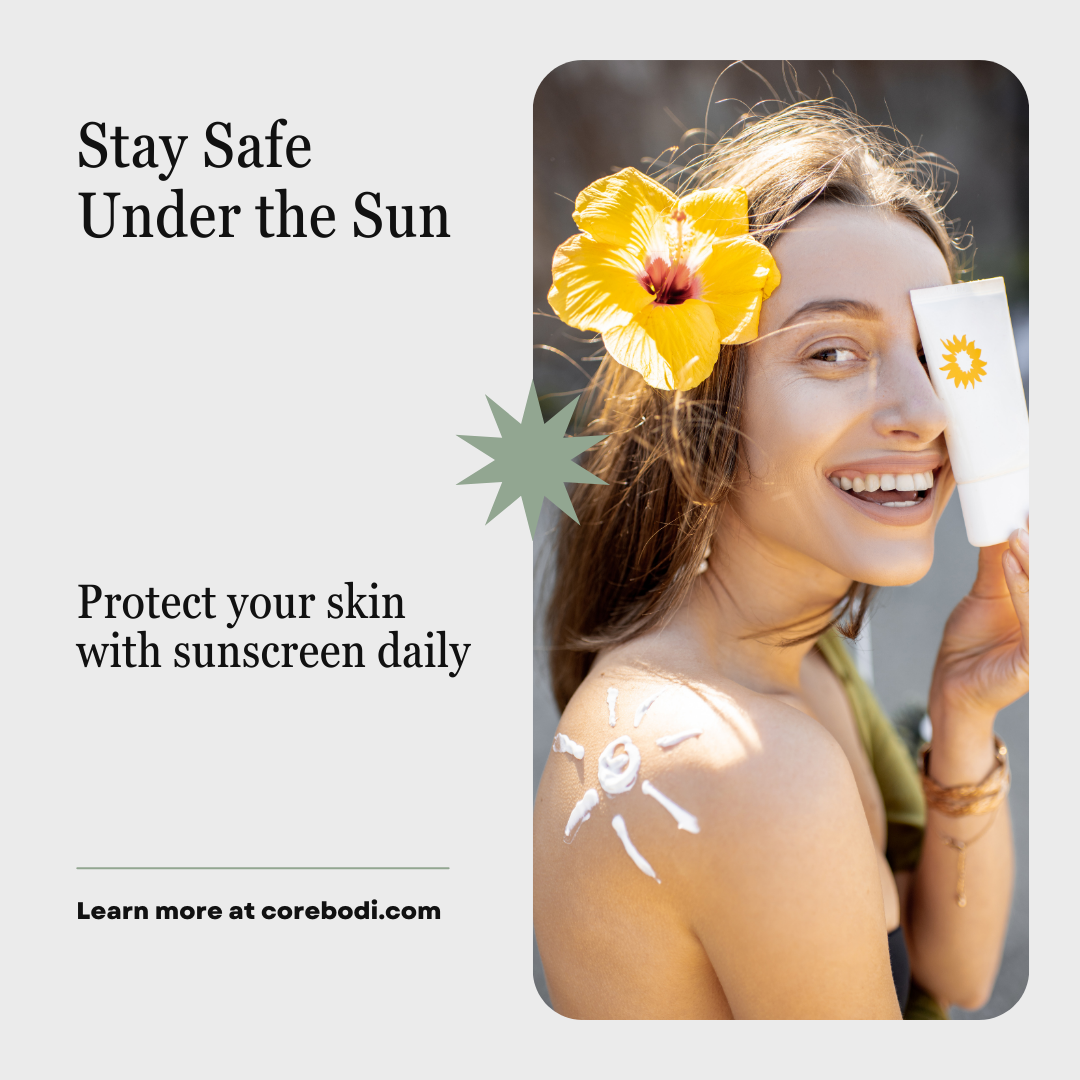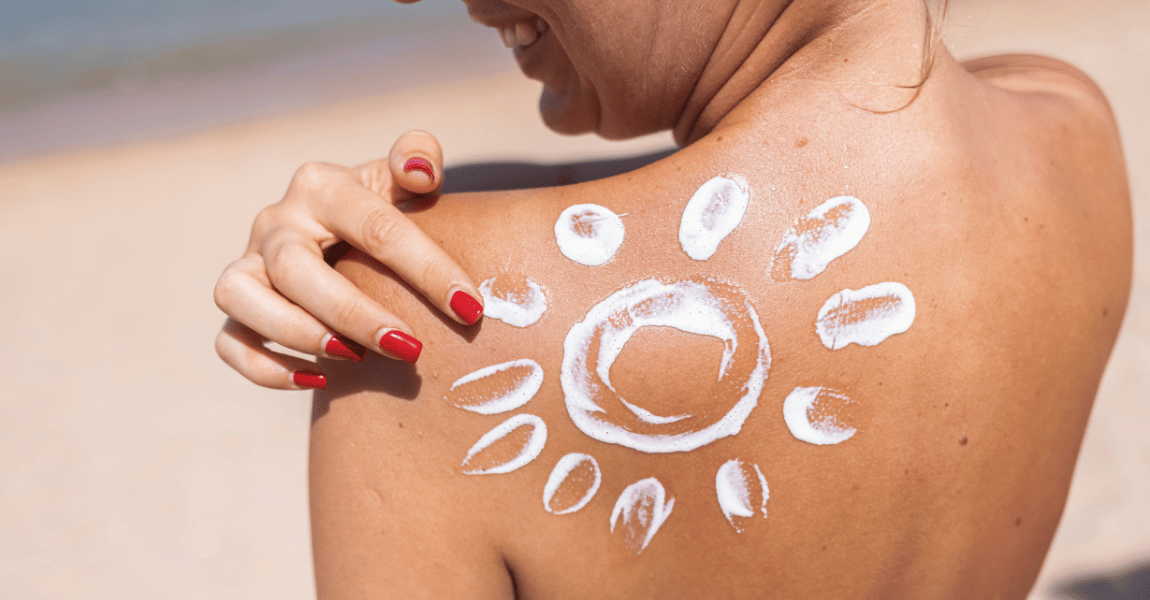Can Pets Get Skin Cancer? Understanding the Risks and Protections
Can Pets Get Skin Cancer?
Understanding the Risks and Protections

The bond between humans and their furry companions is a profound and cherished one.
As pet parents, our concern for their well-being is paramount, which includes their skin health.
Despite popular beliefs, pets are not immune to skin disorders and diseases, including skin cancer.
Understanding the risks, causes, and preventative measures is crucial in ensuring a healthy life for our beloved pets.
What is Skin Cancer?
Skin cancer is characterised by the abnormal growth of skin cells, typically spurred by DNA damage.
It's a common misconception that only humans are susceptible to this disease; in reality, our pets are also at risk.
Though the rate of skin cancer in pets is not as well-documented as in humans, veterinary oncologists report a significant number of cases each year.
Types of Skin Cancer in Pets
The types of skin cancer found in pets can be similar to those found in humans.
Some of the most common types include:
Malignant Melanoma.
This type of cancer is more common in dogs than other pets and often affects the mouth or mucous membranes, though it can also appear on the skin as a dark lump.
Squamous Cell Carcinoma.
This form manifests as sores or lumps on the skin and is often caused by prolonged exposure to the sun.
Basal Cell Carcinoma.
This is a less aggressive form of skin cancer in pets, appearing as lumps on the skin, particularly in cats.
Mast Cell Tumors.
These are particularly common in dogs and appear as lumps on the skin.

Causes of Skin Cancer in Pets
Several factors can contribute to the development of skin cancer in pets, including:
Genetic Predisposition:
Certain breeds are more susceptible to skin cancers.
Sun Exposure:
Just like in humans, prolonged sun exposure can lead to skin cancer in pets, especially those with short or light-coloured fur.
Chemical Exposure:
Exposure to certain harmful chemicals and toxins can potentially lead to skin cancer in pets.
Identifying Skin Cancer in Pets
Early signs of skin cancer in pets include visible lumps, sores that do not heal, or changes in the colour or texture of the skin. Regular veterinary check-ups and early detection are crucial for successful treatment.
Advanced diagnostic measures like imaging and biopsy may be employed for a conclusive diagnosis.
Treatment and Prevention
Treatment options vary based on the type and stage of cancer and may include surgical removal, chemotherapy, or radiation therapy.
Preventive measures like limiting sun exposure, using pet-safe sunscreen, and regular veterinary check-ups can significantly help in reducing the risk of skin cancer in pets.
Additionally, a well-balanced diet and supplements can contribute to overall skin health.
The realisation that pets can indeed get skin cancer underlines the importance of being vigilant and proactive in caring for our pets' skin health.
Regular check-ups, early detection, and preventive measures can go a long way in ensuring a long, healthy life for our cherished companions.
More Skin Tips.
CoreBodi










| Powered by Kaptol Media


